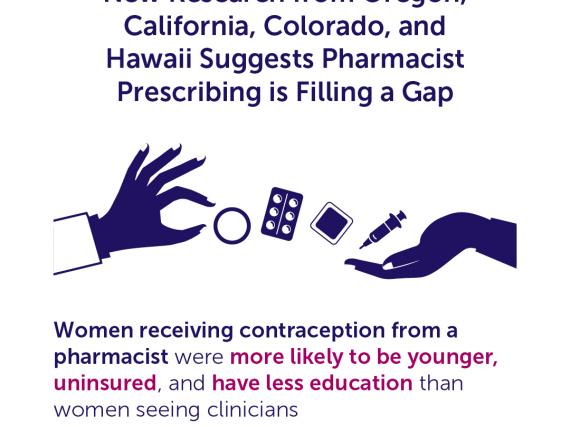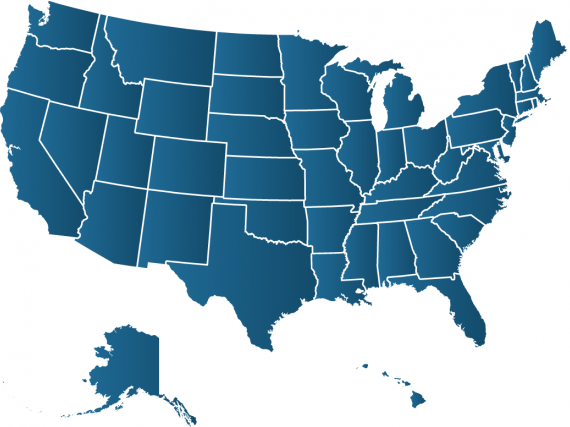Tip Sheet: This tip sheet provides actionable ideas specific to public health officials as well as linked resources from the toolkit to get you started.
Interactive State-by-State Maps
Infographics
Polling
- Survey Says: Thanks, Birth Control 2021: Nearly seven in ten (69%) say they are concerned about future access to birth control (up from 51% in 2020). Democrats (74%), Independents (72%) and Republicans (55%) are all concerned about access to birth control. In addition, 85% of respondents—including 93% of Independents, 85% of Democrats and 76% of Republicans—believe all people, regardless of who they are, where they live or what their economic status may be deserve access to all methods of birth control.
- Everyone Loves Birth Control: Birth control is directly linked to a wide array of benefits to women, men, children, and society, including fewer unplanned pregnancies. This brief is regularly updated with the latest data.
- Survey Says: Telehealth: Telehealth has proven to be a viable option for many people to obtain birth control. Telehealth can especially help overcome some of the common barriers associated to not being able to access contraception.
- Survey Says: Telehealth and Income: The results of this survey result reflect a need to increase education so that everyone regardless of economic status can access contraception through telehealth.
Factsheets and Briefs
***Updated*** State Actions to Expand Contraceptive Coverage: Since 2014, nearly a third of states have undertaken efforts to expand contraceptive access by mandating that health insurance plans cover the full range of contraceptive methods without cost-sharing and with limits on utilization controls.
State Resources on Reproductive Well-Being: This is a one-stop-shop for Power to Decide's state-specific materials related to policy, federal funding, contraceptive landscape, and data.
Sample Op-Eds / Blogs on State Contraceptive Landscapes: Use these state-specific sample op-eds/blogs to raise attention on the issues and solutions in your state. More states will be available in the near future.
Contraceptive Deserts 101: Understand the basics about our birth control deserts and how to communicate their significance.
Pharmacist Prescribing of Hormonal Birth Control: Over the last few years there has been a growing interest in expanding the authority of pharmacists to directly prescribe and dispense some hormonal birth control methods. This fact sheet includes an overview of the policy, including benefits and implementation considerations, and a table summarizing policies in the 24 states that allow pharmacists to prescribe birth control. We have also created an infographic of this information. Also see our new state-specific pharmacist prescribing factsheets.
Extended Supply of Contraception: Twenty-three states (including DC) require insurers to increase the number of months for which they cover prescription contraceptives at one time. This fact sheet offers details on the laws in each of those states. We have also created an infographic of this information.
State Actions to Protect and Enhance the ACA's Contraceptive Coverage Provision: Federal guidelines require the majority of health insurance plans to cover at least one contraceptive for each of the 18 FDA approved methods, without copays or deductibles. This fact sheet details how some states have taken action to codify and/or expand upon the federal provision.
State Responses to the Title X Domestic Gag Rule: Though some states impacted by the gag rule have provided their own general funds as a stopgap measure, it is not reasonable that states can or should be able to replace the federal funding that they have received over many years.
Impacts of the Domestic Gag Rule: The domestic gag rule’s impact on birth control access is nothing short of catastrophic for people living on limited incomes. This fact sheet breaks down all of the impacts that the domestic gag rule has on women in the United States.
State Policies to Increase Information About and Access to Contraception: This policy brief describes a number of emerging state policy trends to expand information about and access to birth control.
Introducing the Advancing Contraceptive Access Toolkit: A webinar recording with Power to Decide and their partners, the Association of Maternal and Child Health Programs and R Street Institute. This webinar walked attendees through the digital toolkit to introduce them to the various resources contained inside.
External Resources:
Pharmacists Prescribing
Extended Supply
Telehealth
Miscellaneous








